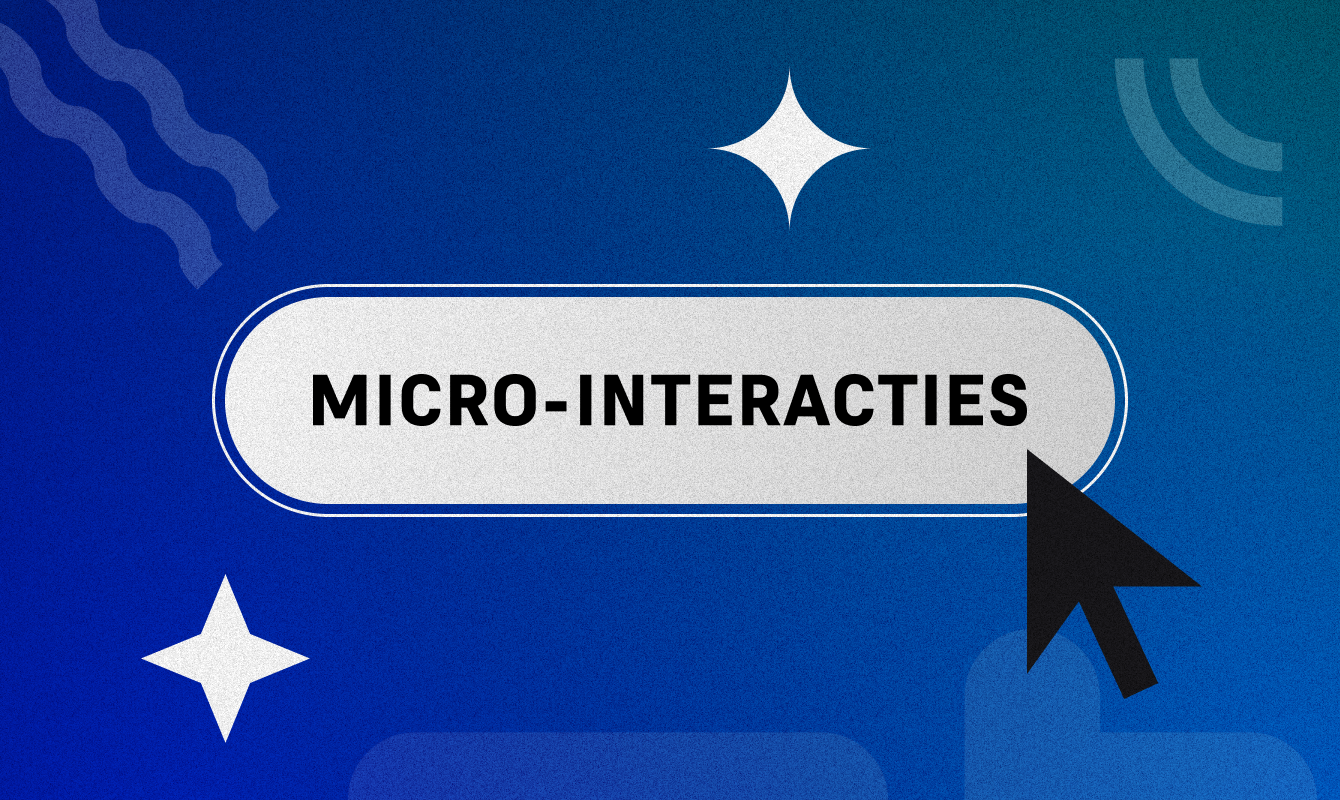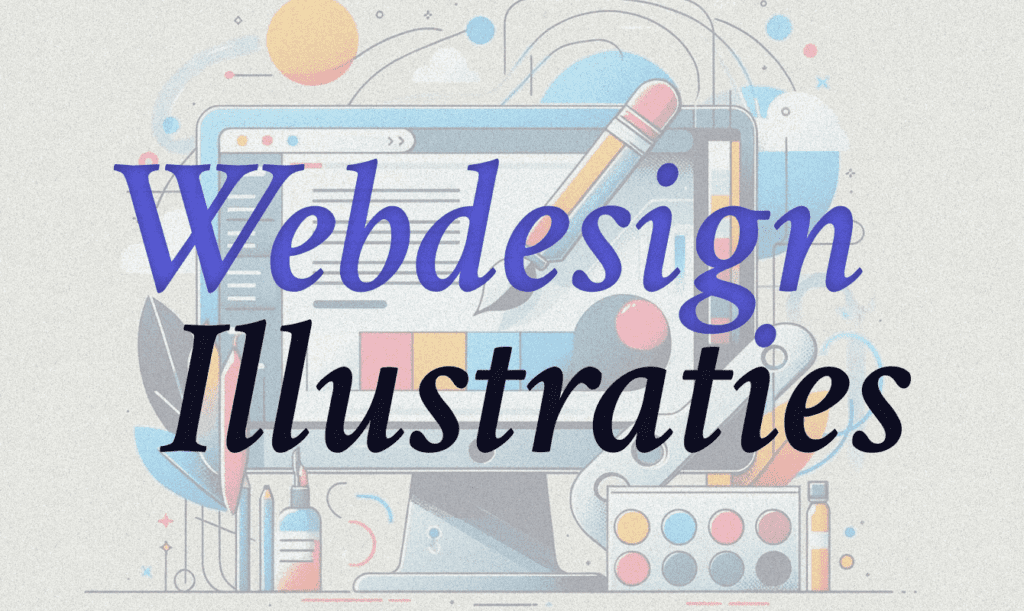
How Micro-interactions Improve Website Engagement
Micro-interactions are small, subtle animations or visual effects that occur when users take an action on a website. Think of a “like” button that lights up when clicked, a loading animation that indicates something is in progress, or a slider that visualizes a process. Although they may seem small, microinteractions can have a huge impact on the user experience and engagement on a website.
In this article, we’ll discuss how micro-interactions work, why they’re important, and how to use them effectively.
Table of contents
What are Micro-interactions?
Microinteractions are designed to support a single task or feedback moment. They typically have three basic elements:
- Trigger: The action that starts the interaction, such as a click, tap, or mouse movement.
- Feedback: What the user sees, such as a visual effect, sound, or vibration, to indicate that the action has been performed.
- Rules: The logic behind the interaction, such as when and how feedback should be shown.
A classic example is the heart icon on Instagram. When you double-tap an image, an animated heart appears to indicate that you have liked the photo. This small animation makes the interaction intuitive and enjoyable.
Why Are Microinteractions Important?
Micro-interactions improve the user experience in several ways:
Emotional Connection
Micro-interactions can add a sense of fun and surprise, leading to a more positive perception of a website. A friendly animation, such as a smiling icon after a successful transaction, can make users feel good.
Visual Feedback
Micro-interactions give users direct feedback on their actions, letting them know that their input has been registered. For example, a button that changes color after a click shows that the action was successfully performed.
Enhanced Navigation
Micro-interactions can help guide users through a website. For example, a slide animation or highlight can indicate where a user is or what step is next in a process.
Better Engagement
Making a website more interactive and visually appealing keeps users engaged longer. A playful animation or subtle movement can make a website more lively and inviting.
Examples of Micro-interactions
Micro-interactions are common on modern websites, often without you even thinking about them. Loading indicators are a good example. Think of a moving circle or a progress bar that becomes visible while a page loads. These small details let users know that something is happening, which can prevent frustration while waiting. Call-to-action buttons are also often enriched with micro-interactions, such as a subtle movement or a pulsating effect that attracts attention and invites users to click.
Another example is forms that provide feedback while filling them in. For example, when a field is filled in correctly, a green check mark appears. This helps users understand that they are on the right track. Hover effects, where an image or button changes when you move your mouse over it, are also popular applications. Think of an image that zooms in slightly or text that appears when you hover over an element. All these micro-interactions contribute to a dynamic and intuitive user experience.
How to Design Effective Micro-interactions?
Designing effective microinteractions starts with simplicity. They should be intuitive and easy to understand, without overwhelming the user with unnecessary information or animations. Subtlety is key here: a microinteraction should be supportive, not distracting. Overdone effects, such as animations that are too fast or busy, can actually disrupt the user experience and make the interaction feel uncomfortable.
In addition, micro-interactions should fit the visual identity of the website. The colors, speed, and style of the animations should be consistent with the brand. For example, a playful animation might work well for a creative agency, while a bank might prefer a calm and professional approach. The most important thing is that each micro-interaction fulfills a function. Whether it is to provide feedback, clarify an action, or improve navigation, the interaction should have a clear purpose. A micro-interaction that is purely decorative can become a hindrance rather than an improvement.
By focusing on usability, subtle designs and functional application, you can create micro-interactions that are not only beautiful but also effectively contribute to a better user experience.
Finally
Microinteractions may be small, but their impact on the overall user experience is huge. They not only make websites more functional, but also more attractive and engaging. By strategically using microinteractions, you can increase user engagement, strengthen your brand, and give your website a dynamic, modern look.
Whether it’s a subtle animation or an advanced interactive feature, micro-interactions are the key to a website that not only works, but also brings joy to users.


